Putting up a bee hotel is a popular – and accessible – wildlife gardening activity, but typical designs are very focused on the needs of a small sub-set of solitary bees. Buzz Club projects are looking to expand the ecological value of the Hymenopteran hotel to provide support for a much wider range of insects. They also aim to identify and avoid possible pitfalls and problems when using these in real garden environments!
Dr Linda Birkin is a specialist in citizen science and urban entomology. She has a particular interest in ecological outreach and wildlife gardening.
Issy Sexton is a Research Assistant at the University of Sussex, specialising in pollinator-focused citizen science. She also has a background in community engagement and environmental policy.
Q&A Dr Linda Birkin and Isobel Sexton
- If and how often should you clean a bee hotel?
Linda: That is a great question and one that we’d really like to investigate through the Buzz Club. There is discourse around how regularly you should clean a bee hotel. In nature, cavity-nesting bees would be making use of transient nesting opportunities – such as plant stems or digging burrows. It’s unlikely that these specific nesting sites would be re-used the following year as they would no longer exist. Bee hotels are not transient in nature, meaning that they can be re-used. Cleaning is a hot topic because parasites and fungi become established in nests and re-use of nesting sites could benefit these parasite populations. We really do need data in order to give evidence-based advice, but it is likely that some form of cleaning is advisable for artificial bee nesting sites.
Issy: This is a question that we are asking as part of our Big Bee Hotel Experiment. We ask if and when the last time bee hotels were cleaned and the data that we are gathering should help us address this question in the future. - What natural features will bees nest in?
Linda: Hollow plant stems, such as brambles and anything that has left a stem over winter which has become hollow. - What materials are suitable for bee hotels?
Linda: Ideally you should avoid using glass or plastic for the tubes as these are not permeable and condensation can form, which enables fungi to grow within the bee hotel. Naturally materials are much better, but be aware of wood that has been treated with insecticides. We don’t know if these treatments have an impact on nesting bess. If you’re not sure, I’d advise leaving the wood that you plan on using in the garden for a year or so to give time for any residual chemicals to leach out. - What direction should the bee hotel face?
Linda: Bees are insects and cold-blooded… meaning that they like sun. So the best direction for your bee hotel to face is south or southeast. The warmest wall that you have is ideal! It may also be worth angling the tubes up a little bit so that rain can’t flow down the tubes. I’m not aware of any research showing that bees have a preference, in fact I’ve seen them use vertical holes, but anything that can lead to water getting in to the bee hotel may enable fungus to grow.
Issy: There are still lots of questions that we are not certain about and require more research. This is why we’re encouraging as many people as possible to take part in the Big Bee Hotel Experiment to help us address some of the questions. - What is the difference between a bee hive and bee hotel?
Issy: A bee hive is used by honeybees, which are social bees that form a colony. Bee hotels are aimed more at solitary bees, which do not form colonies and create a nest for their own offspring only. - Do different species of bee use the same bee hotels?
Linda: You will find different species of bee using the same bee hotel and they will co-exist quite happily. They don’t tend to use the same tubes as the occupant bee will try to bully the other bee out of using the same tube. - Do bees hibernate in the bee hotels?
Linda: The adult bees that laid the eggs will not – they have a short lifespan and will be dead by the end of the season. The eggs will hatch and the larvae will eat the pollen before pupating and then waiting for spring. The males are laid at the front of the tube so they will emerge first.
Further Info
- Air Bee ‘n’ Bee: https://www.thebuzzclub.uk/air-bee-n-bee
- The Big Bee Hotel Experiment: https://www.thebuzzclub.uk/thebigbeehotelexperiment
- Buzz Club website: https://www.thebuzzclub.uk
- All projects: https://www.thebuzzclub.uk/projects
- Get Involved with the Buzz Club: https://www.thebuzzclub.uk/get-involved
- Bees and Heatwaves: https://www.thebuzzclub.uk/bees-heatwaves
- Plants for Pollinators: https://www.thebuzzclub.uk/plantsforpollinators
- Buzz Kids!: https://www.thebuzzclub.uk/buzzkids
- Wildlife Community: https://thewildlifecommunity.co.uk/
- Make a donation to the Buzz Club: https://alumni.sussex.ac.uk/Buzz_Club_Giving
- Bumblebees of the UK online course: https://courses.biologicalrecording.co.uk/courses/bumblebees
entoLIVE
entoLIVE webinars feature guest invertebrate researchers delving into their own invertebrate research. All events are free to attend and are suitable for adults of all abilities – a passion for invertebrates is all that’s required!
- Donate to entoLIVE: https://www.gofundme.com/f/entolive-2025
- Upcoming entoLIVE webinars: https://www.eventbrite.com/cc/entolive-webinars-74679
- entoLIVE blog: https://biologicalrecording.co.uk/category/entolive-blog/
- entoLIVE on YouTube: https://youtube.com/playlist?list=PLuEBNUcfMmE95Re19nMKQ3iX8ZFRFgUAg&feature=shared
entoLIVE is delivered by the Biological Recording Company in partnership with the British Entomological & Natural History Society, Royal Entomological Society and Amateur Entomologists’ Society, with support from Buglife, Field Studies Council and National Biodiversity Network Trust.
Check out more invertebrate research, publications and events from the entoLIVE partner websites:
- Amateur Entomologists’ Society: https://www.amentsoc.org
- Biological Recording Company: https://biologicalrecording.co.uk
- British Entomological & Natural History Society: https://www.benhs.org.uk
- Royal Entomological Society: https://www.royensoc.co.uk


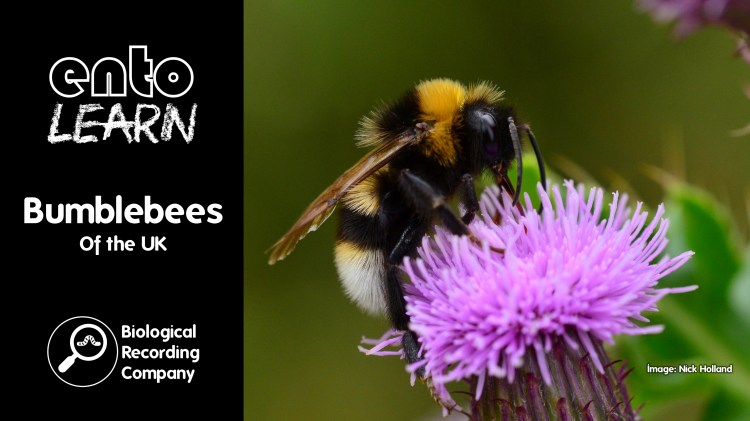
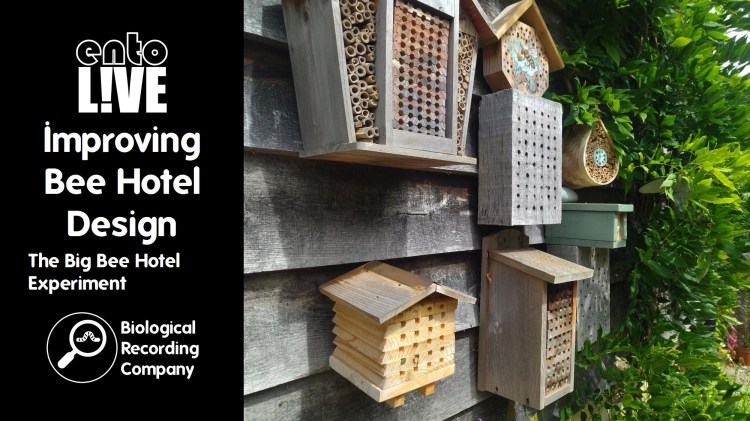
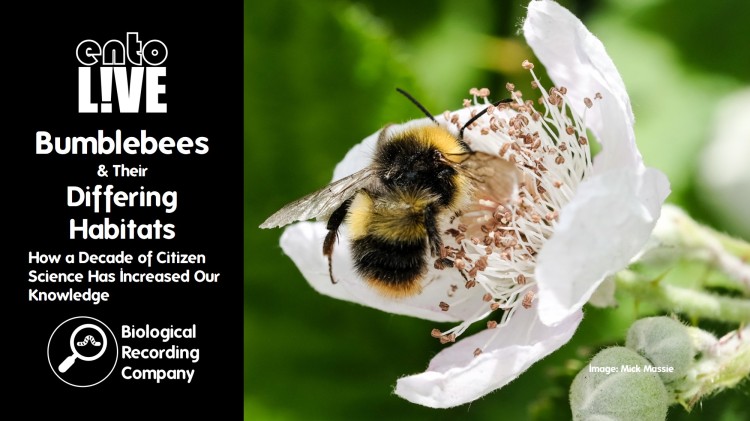
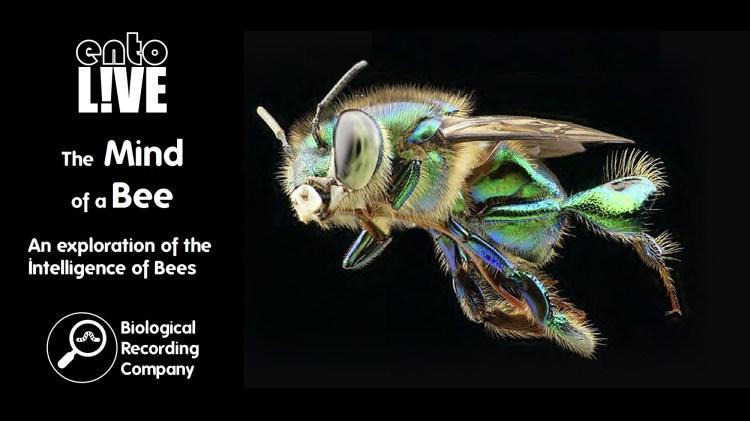

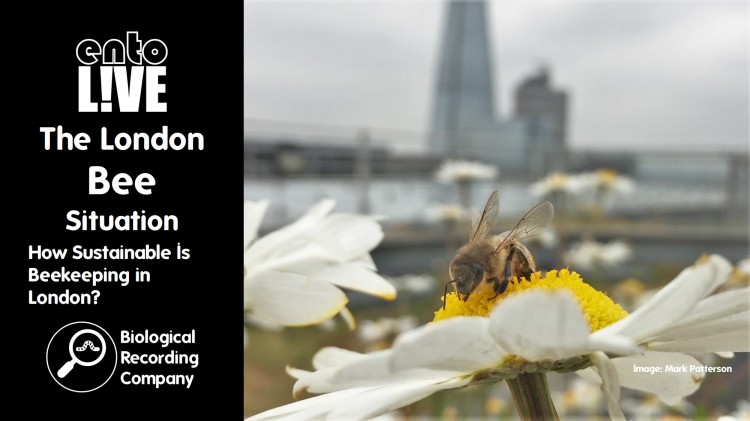
2 thoughts on “Refurbishing the Bee Hotel: Different Bees, Different Needs”